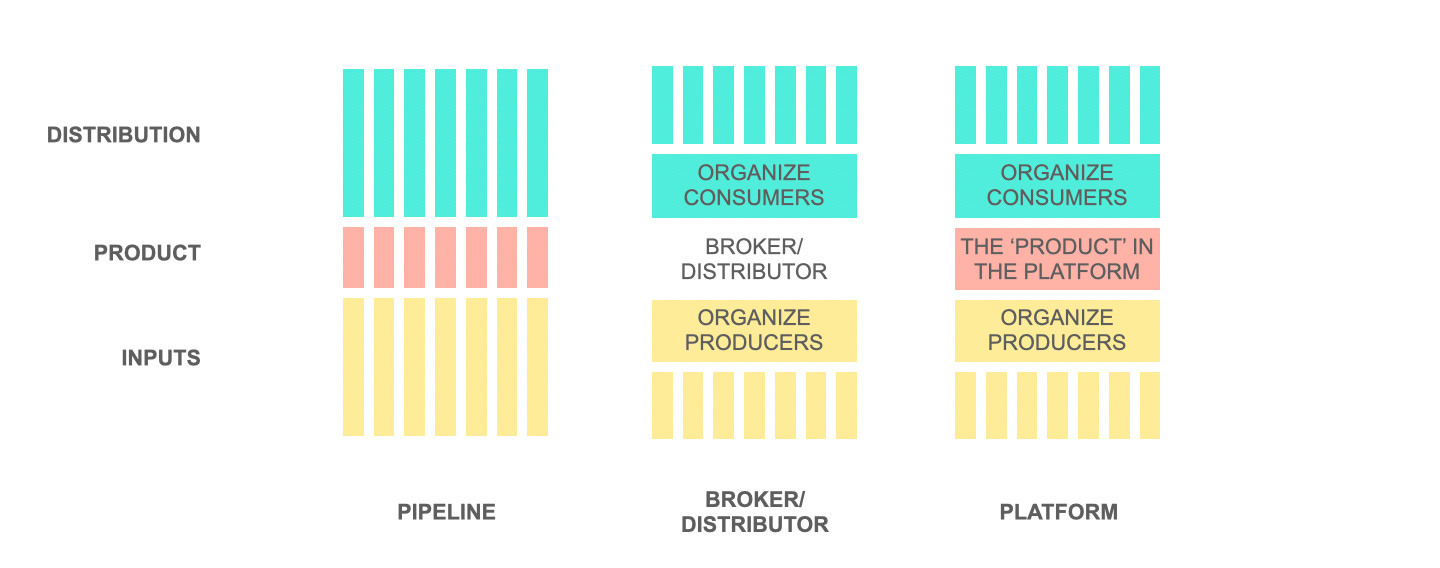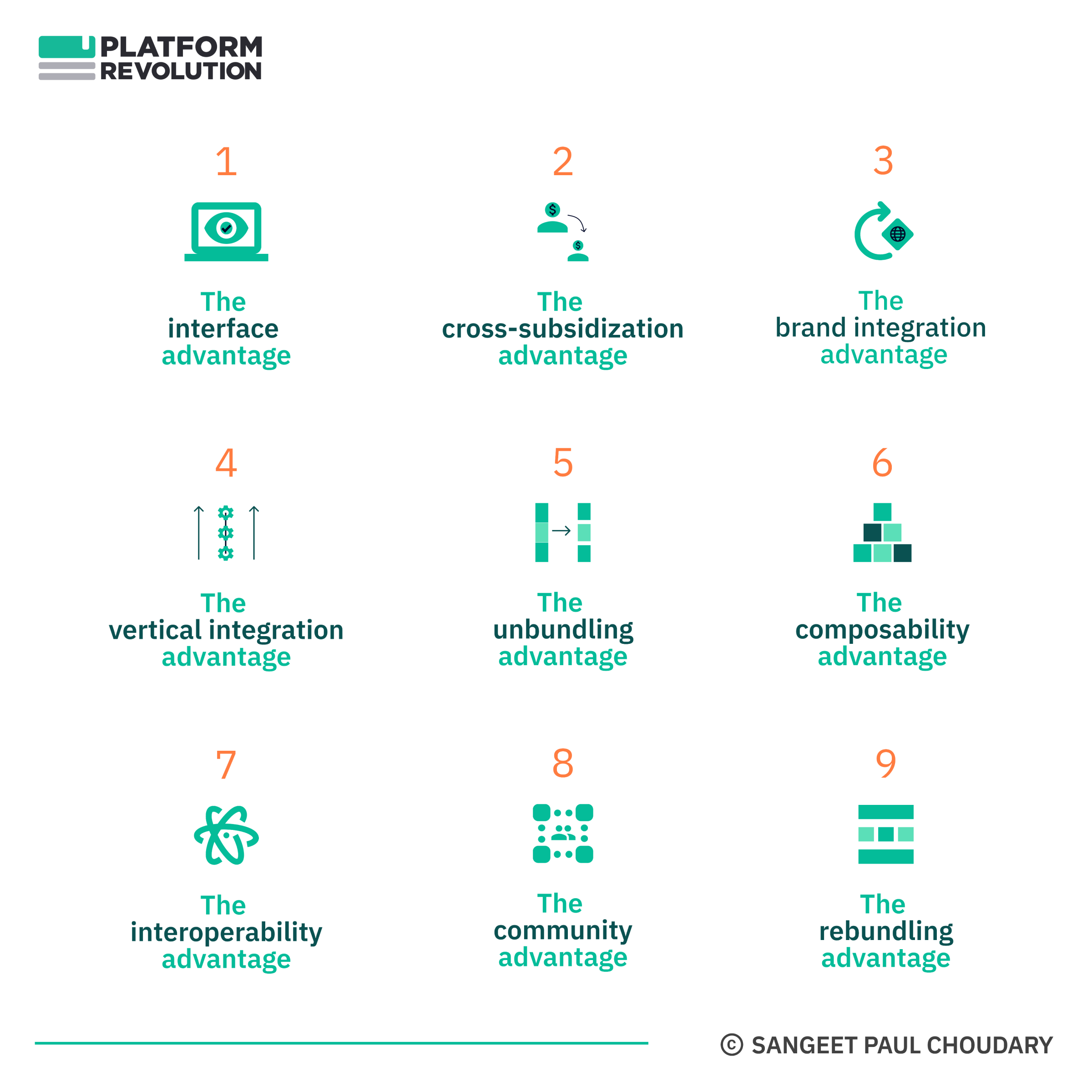Strategy
How to get users to contribute on a creativity platform
Let’s loosely define creativity platforms as platforms that allow creators to express themselves, and possibly get an audience for their ‘creations’. YouTube, Dribbble, 500px, Instagram, Flickr… the list goes on.
A platform without creators is a ghost town and there is little incentive for consumers to use it. Replicating the technology of YouTube is a considerably smaller challenge compared to replicating its community of video creators.
The creators are active partners in creating (and delivering) the value proposition of the platform. Hence, any startup building a creativity platform should:
1. Understand the motivations of the creators
2. Create enabling technology that caters to those motivations
3. Have a clear strategy to maximize the number of creators on the platforms.
The following 6 questions can help a platform think through these issues and enable it to successfully create a platform that finds traction.
Are you providing tools or pipes? Or both?
Creativity platforms may provide content creators the tools to enable them to be creative, or they could supply the pipes to market their creations to an audience. Or both.
Tools: Platforms may provide creative and/or infrastructural tools. Vimeo gives anyone the ability to host an HD video online and deliver a video quality superior to all competitors. Instagram enables users to create beautiful photos without being a PhotoShop expert.
Pipes: In some cases, innovative platform designs may provide pipes to a specific desired audience. Dribbble allows users to upload their creations and provides them access to the right professional community.
Tools+Pipes: One way to build a lasting platform is to supply both. That is what enabled Instagram, a late follower, to disrupt Hipstamatic, a far superior product. Hipstamatic allowed users to apply filters to pictures (initially), but Instagram created a thriving community around such photos. Facebook Photos, in a similar way, disrupted Flickr to become the largest storehouse of photos on the internet. Facebook provided access to an audience and their news feed while Flickr only provided hosting.
At the end of the day, if a tree falls in a forest and no one is around to hear it, does it make a sound?
How are you making the creative process easier than existing options?
There is no dearth of choice on the internet. Competing platforms are a click away. In such a scenario, platforms that allow easy creation and allow users with lower skills to create high-quality creations often achieve higher traction. The number of people who tweet is orders of magnitude higher than the number of people who blog.
One of the contributing factors is the fact that Twitter provides pipes in addition to tools. However, the more important factor is the lower skill and investment required to tweet, as compared to writing a blog post. In a similar way, Instagram lowered the skills required to create beautiful pictures, a factor that led to its widespread adoption.
User contribution systems need reputation management, equal access, and creation of the right incentives
Feel Free to Share
Download
Download Our Insights Pack!
- Get more insights into how companies apply platform strategies
- Get early access to implementation criteria
- Get the latest on macro trends and practical frameworks
Is there a robust curation model to separate the best from the rest?
Curation is critical when you’re providing a democratic platform. The platform should have a robust model to separate the bathroom singers from the Grammy winners. There are typically three broad models of curation. and a scalable platform usually has a combination of all three:
1. Algorithmic Curation: The internet is fundamentally about automation. The key ingredient of a scalable model of curation is algorithmic detection of good versus bad, based on certain rules. There is, however, a potential for false positives with algorithmic curation which might lead to good creations being rejected. Algorithmic curation should, hence, be scaled carefully and should ‘learn’ and optimize with social and editorial inputs.
2. Social Curation: You may call it the Digg model but it’s the model, of choice on all platforms today. The community is provided with tools (voting, rating, flagging, etc.) to provide an input regarding the quality of the creation and the aggregation of these inputs is used to sort and rank creations and determine their relevance.
3. Editorial Curation: While tech entrepreneurs would want everything to be automated, manual curation has a place on every platform, especially in the early days. Editorial curation helps to understand patterns that can then be automated and scaled. In some cases, editorial curation can even be used to kick start the platform when there aren’t enough creators on the platform. This is important because creators power the value proposition for such platforms. The platform has little or no value without the creations.
Is there a clear, democratic, equal-access path to the top?
Before launching a platform, you should understand the motivations that drive creators to contribute. A common theme across all platforms is visibility, self-expression, and/or recognition. Since platforms have a model of curation to separate the signal from the noise and since the creations that make it to the top of the heap get consumed much more than those that don’t, creators should be given a clear equal-access path to the top of the heap.
Just as every website publisher invests in SEO to score high on Google’s ‘curation’, creators need an understanding of what it takes to rank high on a platform. If the mechanism of ranking high and gaining visibility is unclear, creators may not be interested in participating on the platform. “We feature the most voted creations on the front page” is a clear proposition as it specifies how the ‘best’ are separated from the ‘rest.’
Is there an incentive beyond self-expression?
Art for art’s sake isn’t always good enough. While self-expression and the ability to gain an online following and build a personal brand are great incentives for creators, having additional incentives can provide a competitive advantage for the platform vs. competition.
Let’s look at designers and photographers. Different platforms have provided different incentives for these people:
Threadless: Provides community recognition and curation + The ability to possibly monetize creations if voted to the top
500px: Provides community recognition and curation + The ability to host an online portfolio
Dribbble: Provides community recognition and curation + Access to highly relevant job offers
Do you have a plan to convert consumers to creators?
User generated content has come a long way on the internet. At one point, the 90-9-1 rule was often quoted to explain the low levels of contribution in online communities but, of late, platforms have greater percentages of contributors, especially owing to the rise of the smartphones which allow a greater number of users to create anytime and anywhere.
However, the success of a platform still hinges on its ability to maximize the percentage of creators. Hence, in its initial days, a platform needs to focus on attracting creators. YouTube, for example, did this through a series of competitions for creators.
But once a critical mass of creators is on board, a second cycle needs to be started. Creators attract consumers, and it is much more efficient for the platform to convert these consumers into new creators. A platform, hence, needs to have a clear plan for converting consumers to creators to have a sustainable value proposition.
TWEETABLE TAKEAWAYS
How to get users to contribute on a creativity platform Share this
How to incentivize a creative community Share this
Lessons from 500px, Dribbble, and Treadless on building creative communities Share this
User contribution systems need reputation management, equal access, and creation of the right incentives Share this
This article first appeared on SG Entrepreneurs
Image Credit: Flickr/Creative Commons
State of the Platform Revolution
The State of the Platform Revolution report covers the key themes in the platform economy in the aftermath of the Covid-19 pandemic.
This annual report, based on Sangeet’s international best-selling book Platform Revolution, highlights the key themes shaping the future of value creation and power structures in the platform economy.
Themes covered in this report have been presented at multiple Fortune 500 board meetings, C-level conclaves, international summits, and policy roundtables.
Subscribe to Our Newsletter













